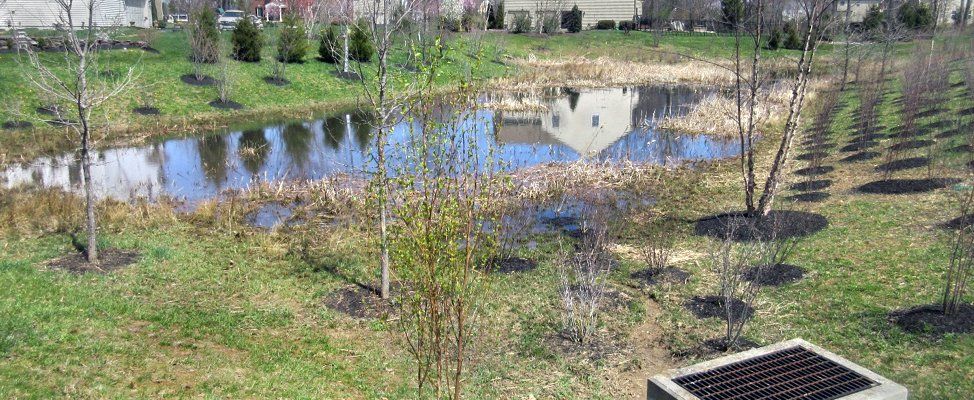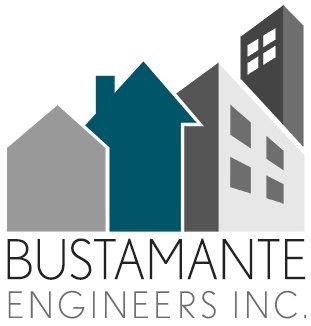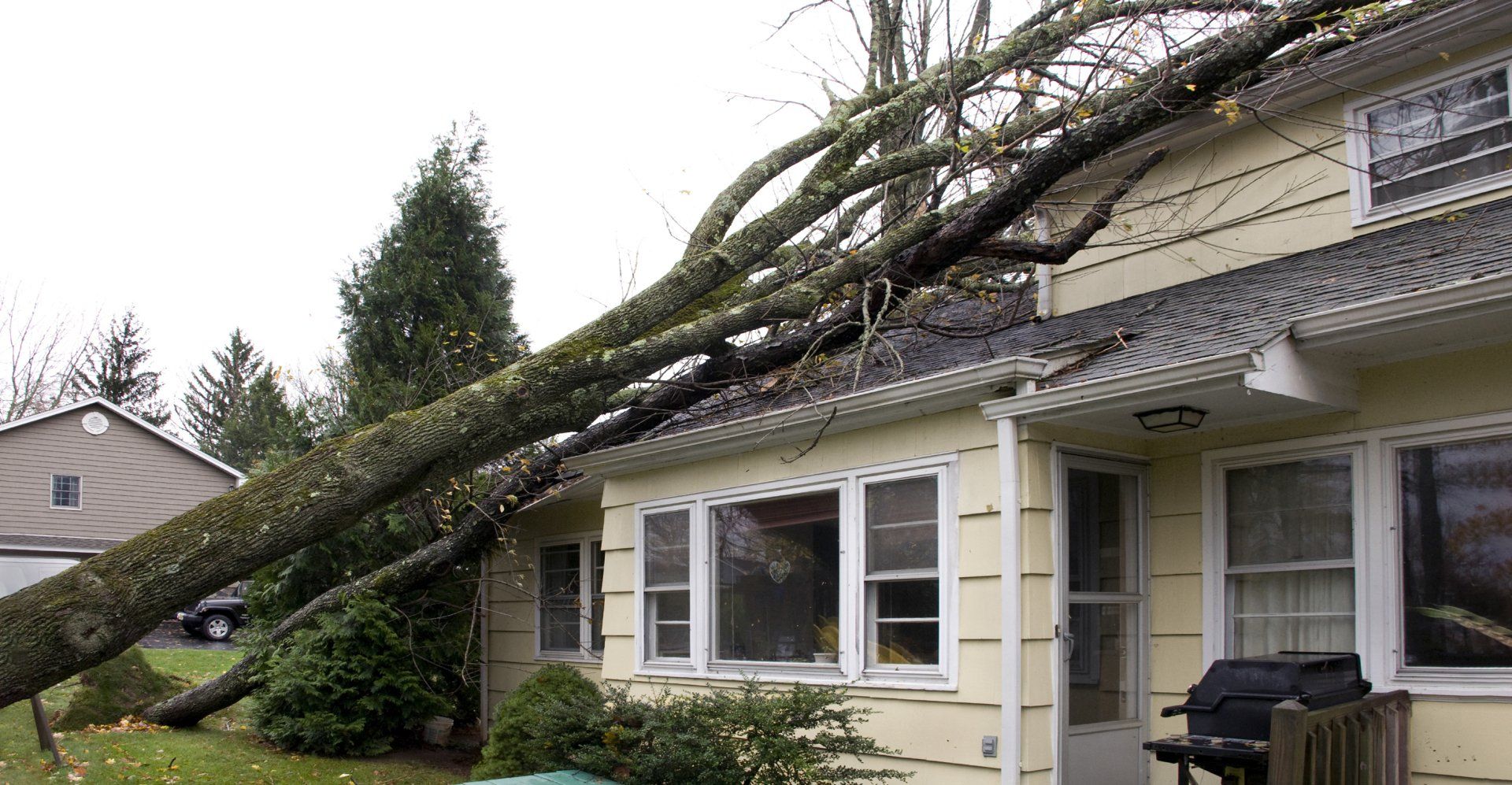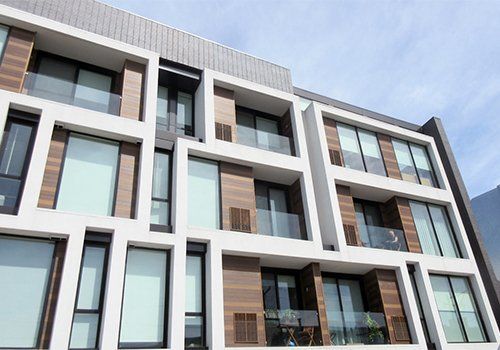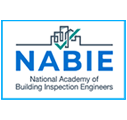Understanding Wall Cracks In Your Home
When a Structural Engineer Is Needed to Assess Structural Damage
Cracks in walls can be a confusing sight for homeowners, as they may wonder if the cracks are harmless or indicative of structural problems. The key to proper repair and prevention lies in understanding what type of crack it is and its cause. Not all wall cracks should raise equal levels of concern. Whether hairline or larger, vertical or diagonal, each crack tells a unique story about the state of your house’s structure and the external factors affecting it.
Signs of Settling
Cracks that occur because of the house settling are common in both new and old homes. These vertical hairline cracks, typically measuring 1/16 inch wide and between 2-6 inches long, can be found on walls or foundations. While they may seem harmless at first glance, an abrupt increase in size or length could potentially point toward a more serious problem. If there is a noticeable increase in the size of the crack(s) surpassing the width of 1/4 inch, it is important to contact a
qualified structural engineer who can assess the severity of the damage and provide expert guidance on how best to deal with it.
Diagnosing Larger Cracks
Larger cracks, caused by significant structural movements, should be given immediate attention. Cracks that are diagonal or resemble stairs, as well as those around door frames and windows, could indicate significant structural concerns. Large ceiling-to-wall cracks with accompanying sagging may also suggest serious underlying damage to the structure. These cracks may indicate problems such as foundation shifts, water damage or even underground leaks. It is crucial to
address these issues promptly once they are noticed to avoid exacerbating the situation.

Deciphering Directional Cracks
Cracks can give clues about their origin. For example, vertical cracks on walls may be caused by inadequate drywall taping or natural settling. On the other hand, horizontal cracks could signal more serious problems like foundation bowing, water leaks, and uneven settlement. When it comes to diagonal cracks, they may indicate issues with a building’s structure such as foundation movement or damage in the roof or upper levels. These types of cracks require a
professional assessment to determine the root cause and necessary solutions.
Evaluating Exterior Walls Cracks
It is also important not to ignore cracks on the exterior walls of your home. These cracks can be an indication of potential problems with the foundation or water damage and should be taken seriously. Prompt attention should also be given if you observe indications like warping externally around the walls, visible bending or discoloration along with mold spots and musty smells. This may point towards possible underlying structural issues related to moisture penetration within your dwelling’s foundations.
When to Call a Structural Engineer
When large cracks appear suddenly or run vertically or horizontally along a wall, it may be time to bring in BUSTAMANTE ENGINEERS Inc. Our structural engineers have the expertise to evaluate the overall condition of your house and determine if any underlying structural issues are causing these significant wall cracks. Ignoring them can result in serious consequences such as extensive property damage, compromised foundations, and even the collapse of the building structure itself.
Wall cracks can be benign or a red flag for your property’s health. Knowing the different types of cracks, their underlying causes, and how to handle them is vital for
ensuring your home’s structural soundness. BUSTAMANTE ENGINEERS will assist you in identifying what your wall cracks mean and the appropriate next steps to ensure the safety and integrity of your home.
Please click to contact us or call 215-340-6990 to discuss the wall cracks in your home today!
SHARE CONTENT
Bustamante Blog


